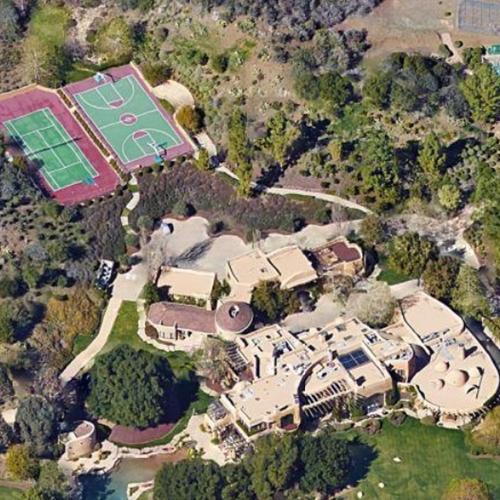Independence Day is just around the corner, with fireworks and parades and celebrations in every town and city across the United States.
Amid all the hot dogs and hamburgers and apple pie, it’s important to remember why we can celebrate the Fourth of July.
Here are some sights from America’s fight for independence to remind us that Independence Day is about more than food and family and fireworks–it’s about freedom.
Boston, Massachusetts
Much of the early actions of the American Revolution began in Boston, including the riot of the Boston Tea Party and other uprisings that stirred the hearts of freedom lovers across the colonies.
Faneuil Hall was an indoor market in Boston that was also used as a location for meetings in the lead up to the Revolution. It was here that the plan for the Boston Tea Party was hatched, and where several revolutionary leaders gave rousing speeches to unite the city against the British.
The Battle of Bunker Hill, fought in 1775, was one of the early battles of the war, and while it’s outcome was largely considered a British victory, it was important for the Americans to see they were capable of standing up to the British in battle.
There’s even a museum for visitors walking the Freedom Trail through the city.
Every kid learns in history about Paul Revere’s night ride and the code “one if by land and two if by sea” to alert the towns around Boston of the British troop movements. It was at the Old North Church that the signal was sent starting Revere on his midnight ride.
Philadelphia
Philadelphia was the nation’s first capital, and home of the Continental Congresses that directed much of the politics of the war as well as maintained support among the citizens of the colonies for the war.
Independence Hall is where the Continental Congresses met, and where both the Declaration of Independence and Constitution were drafted. It is one of the most important buildings in America’s history, and is an awesome place to visit to learn more of how our country was established.
The Liberty Bell has a great sentimental meaning to Americans as a symbol of freedom and announcing the signing of the Declaration of Independence. It is still on display and draws a great deal of attention from visitors to the city.
Betsy Ross has become an icon in American history for designing and making the first American flags. While she did indeed convince George Washington to modify the design and sewed many flags for Pennsylvania, it cannot be proved that she made the very first flag. Nonetheless, her story is important to highlight the role of women and show how the entire community was involved in the Revolution.
Just outside Philadelphia lies Valley Forge, one of the most important and memorable encampments, where the soldiers suffered as they regrouped and trained during the winter and while waiting for decisions on where to move to next. The memory of the suffering and struggle of the soldiers at Valley Forge help us better appreciate our freedoms as Americans today.
Washington, D.C.
While Washington, D.C. is now the nation’s capital, it wasn’t founded until after the Revolution. But those interested in Revolutionary War history will not be disappointed if they make a stop here. The Declaration of Independence and Constitution, as well as other important founding documents, are on display in the National Archives in downtown Washington, D.C.
Just a few hours south of Washington, D.C. is the most important battle site of the war: Yorktown. It was here in southern Virginia where General George Washington accepted the surrender of Lieutenant General Charles Cornwallis and his troops, effectively ending the war and leading to the founding of the United States.
There are battlefields, encampments and other important sites from the Revolutionary War up and down the East Coast. Visiting them can be an educational and interesting experience even if history is not your thing, so make sure you take a look if you find yourself nearby!









































































